In a couple of posts on this blog and elsewhere, I briefly mentioned the ten vital energies. Today, I am going to share with you the yogic aspect of such energy flow in your body. The ten vital energies control all voluntary and involuntary physical actions, reactions, and habits.
How can we control our life with control over the vital energies?
The vital energies, in turn, can be controlled by asana siddhi, mastery of the yogic posture, regulation of the breath, and concentrative meditation. The Sanskrit term is vāyu. It means fluid, subtle energy. It is a term frequently used to mean wind as well. The ten vital energies are divided into five primary and five secondary energies. Their functions are as follows:
- Prana vayu — Vital life energy: This energy is the basis of your life. It is the vital life force in your breath, the subtle element in oxygen. Almost like fuel for your body. It has a direct impact on your state of mind, your emotions, moods and disposition.
- Apana vayu — Descending energy: Urine, seminal fluids and defecation are controlled by the descending energy. It predominantly lives below your stomach. Mastery over this vayu can give you control over urination, bowel movements and ejaculation.
- Udana vayu — Ascending energy: This energy lives in your throat and is responsible for producing your voice. The thyroid glands can be controlled by the manipulation of ascending energy. The thyroid glands directly affect the growth of hormones.
- Samana vayu — Thermal energy: This energy resides in your stomach. It is responsible for the movement of food and digestion. Control of this energy can help you change your body heat at will. Channelized thermal energy will give you an amazing colon and an exceptional metabolism.
- Vyana vayu — Diffusive energy: This energy circulates throughout your whole body. It causes the blood to transport oxygen to all parts of the body. The manipulation of this energy can help you stay in one posture for as long as you want.
The five secondary vital energies are noted below:
- Naga: It controls belching, burping and all upwards wind movement from your stomach.
- Kurma: It controls sneezing and all abnormal wind movement in the sinuses.
- Krkara: It controls the function of the blinking of the eyes.
- Devadatta: Yawning can be completely controlled by the manipulation of this vayu.
- Dhananjaya: Twitching in any part of the body is affected by this energy.
There are many yogic practices aimed at stilling the ten vital energies. Stillness of the ten energies infuses extraordinary calmness and willpower in the practitioner. But most such yogic practices should be done under the supervision of a competent master. The practice of breath regulation, something I will touch upon when we get to Physical Transformation, channelizes the five primary energies, and concentrative meditation stills the five secondary energies. You will experience inner peace and composure. You will be a lot more in control of yourself. You may also want to read The Yoga of Self Transformation.
Correct body posture is paramount to allow the free flow of these energies. I will elaborate on this in due course.
From the next post in the series, I shall begin an exposition on the four primary hurdles in the practice of meditation and ways to overcome them.
Peace.
Swami
Editorial Note
Now that we have addressed above what prana energy is, below is a guide answering some commonly asked questions about prana energy. How can one increase prana energy? What role does kundalini play on prana energy? What kind of foods does one need to eat to harness prana energy? How do I receive prana energy? How do I become aware of prana energy?
The answers are in five parts: 1) Awareness, 2) Pillars on which your sadhana stands, 3) Correct Posture, 4) Sadhanas (practices) – Meditation & Kundalini, and lastly 5) The Yoga of Self-transformation.
How do I become aware of prana energy?
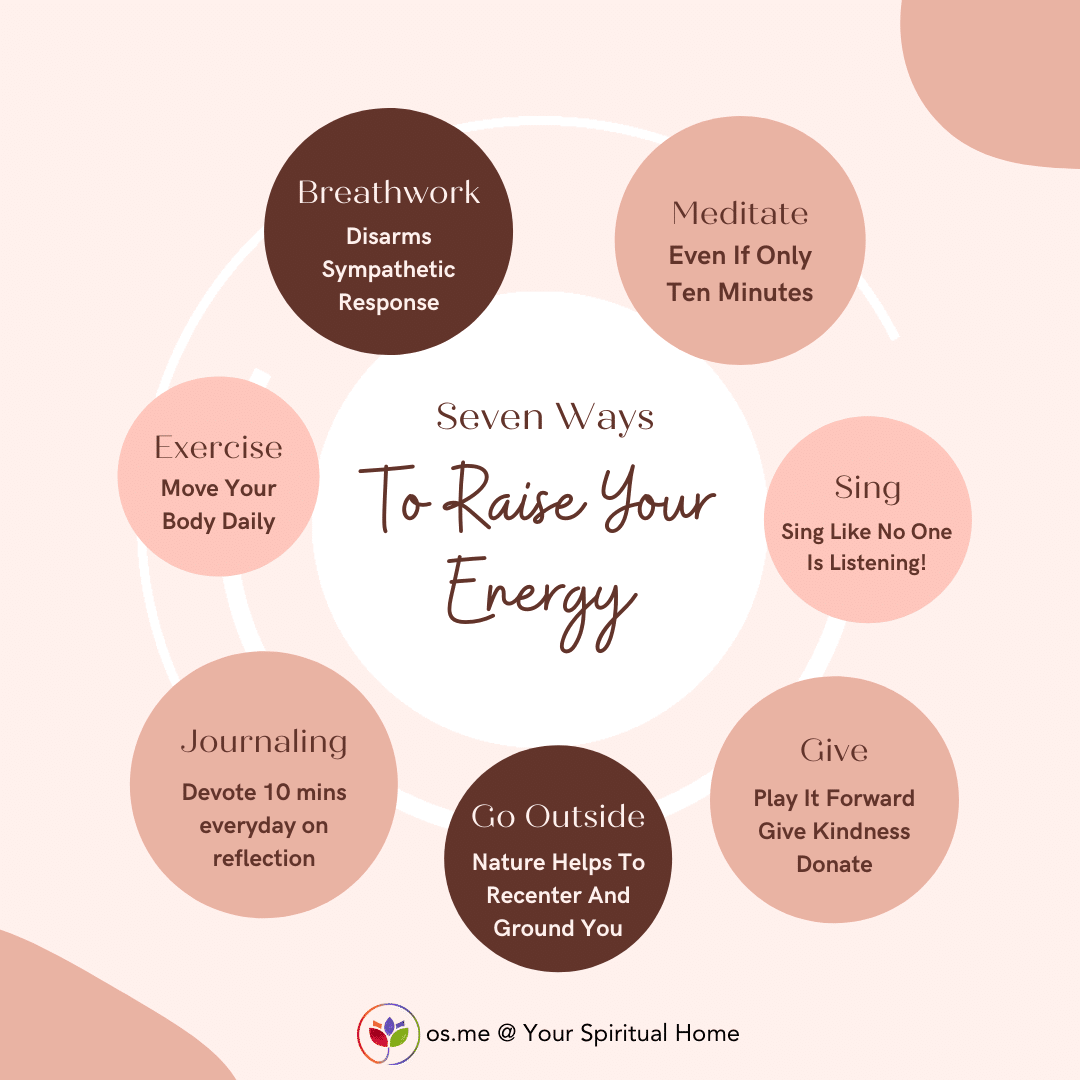
Patanjali, Vyasa and other sages, while propounding the path of meditation, listed nine states of awareness. In a way, these states represent the spiritual evolution of an aspirant.
1. Intellectual Awareness
2. Investigative Awareness
3. Blissful Awareness
4. Self Awareness
5. Yoked Awareness
6. Cessative Awareness
7. Natural Awareness
8. Skillful Awareness
9. Supreme Awareness
To learn more about each of these states of awareness go here.
The Four Pillars of Sadhana - The discipline needed to work on your prana energy
There are no quick fixes. Success in sadhana, the practice of self-transformation, is proportionate to the amount, quality, and consistency of effort put in. Great persistence is rewarded by extraordinary rewards.
In the aphorisms of Patanjali, he states that yoga is the practice of erasing your psychic imprints in Yōgaścittavrttinirōdhaḥ (Patanjali Yoga Sutras, 1.2) and he starts by saying, “Atha yōgānuśāsanam” (ibid, 1.1), “Now begins the discipline of yoga.” So, sādhāna is about adhering to the specified discipline; in a strict and careful manner until you attain your goal.
The yoga of self-transformation helps the practitioner to turn inward completely. Besides discipline, success in the actual sadhana depends on four key aspects: the sadhaka (aspirant), the siddha (master), the sadhya (goal) and sadhan (resources). The absence of any one of the four puts the whole practice on shaky ground. Read more here.
The importance of correct posture in your sadhana to allow the free flow of prana energy
According to Patanjali, it is only after perfecting one’s posture that one advances on the path of Yoga. Mastering the correct posture is one of the most difficult aspects of meditation.
A perfect posture is a must for meditation. Until you perfect your posture there is no hope in meditation – to learn more about posture watch this video.

There are eight aspects of a correct posture – to learn more about each of these aspects watch this video.

Furthermore, there is also a dedicated chapter on posture in the book – A Million Thoughts – You can read an excerpt from the book here.
Sadhanas: Different meditation practices one can practice in order to harness the five secondary vital prana energies:
1. The Practice of Concentrative Meditation
Intense practice of concentration stills the ten vital energies in your body helping you gain complete control of sitting still like a rock with ease. Concentrative meditation is the first step. Read more here.
2. Traṭaka — The Practice of Still Gazing
Trataka, or the practice of still gazing, is the art of perfecting and stilling your gaze. It’s a must for a serious meditator. Read more here.
3. How the practice of Kundalini can help one awaken their prana energy
Awakening of the kundalini is reaching your innermost state of bliss and joy. This state is covered with ten layers – desire, anger, greed, attachment, ego, passion, jealousy, hatred, fear and self-concern. As you elevate spiritually, you start shedding these layers. These avarana (layers) veil the true you.
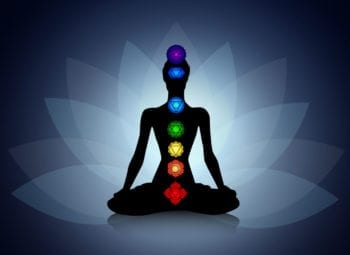
The real you is beyond the duality of pain and grief, good and bad, moral and immoral. Awakening is a steady and gradual process on the path of kundalini sadhana. It is not an instant realization. It builds up, it grows on you. With each level of awakening, you discover a bit more about the new you and you shed a bit more of the old you. Read more here.
The Yoga of Self-transformation:
Almost like a book, these are a series of posts that cover the following key topics as part of the core modules:

a. The Nature of the Mind
b. Why Self Transformation?
c. The Practice of Self Transformation
You can start here and then explore os.me for related posts.
A GOOD STORY
There were four members in a household. Everybody, Somebody, Anybody and Nobody. A bill was overdue. Everybody thought Somebody would do it. Anybody could have done it but Nobody did it.
Don't leave empty-handed, consider contributing.It's a good thing to do today.

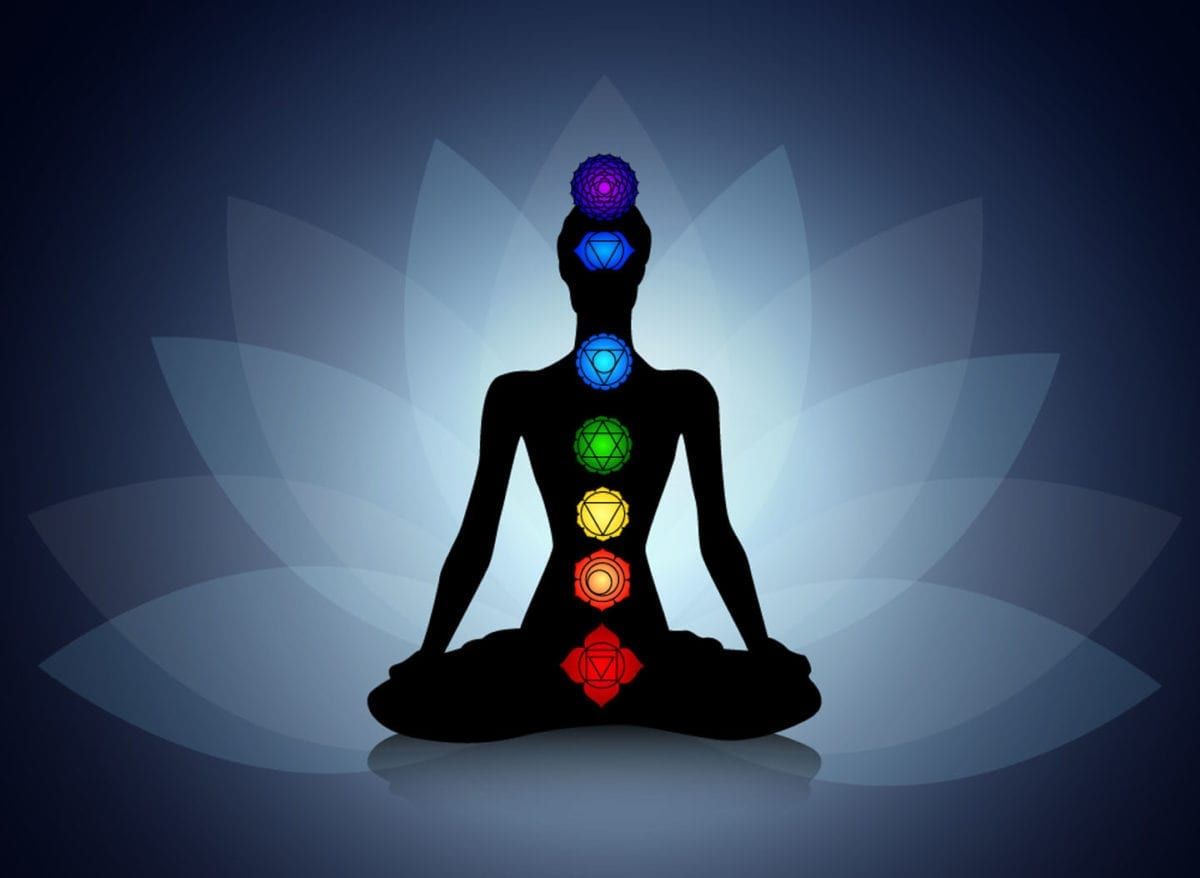


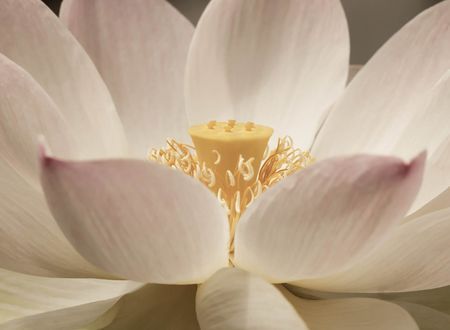
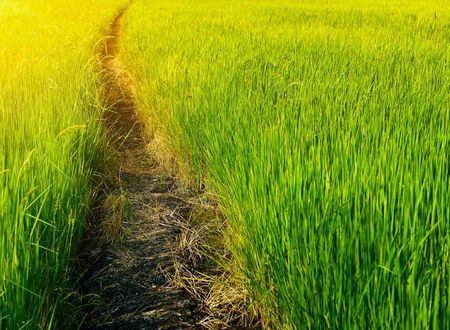



Comments & Discussion
10 COMMENTS
Please login to read members' comments and participate in the discussion.